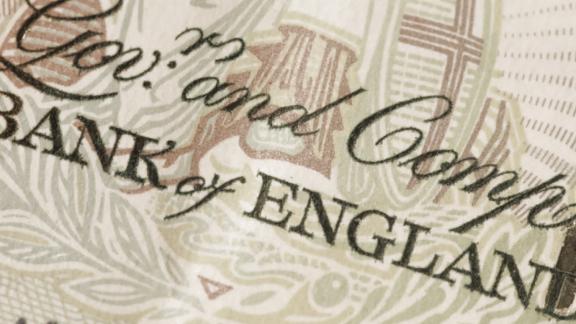The history of pay in the NHS

Pay in the NHS has a long history that spans several decades and has remained a prominent issue since the NHS was first established in 1948.
When the NHS first began, it employed approximately 144,000 members of staff and it adopted the principles and practices of the Whitley Industrial Relations System. These were born out of a report produced by John Whitley, chairman of a committee during World War One. His remit was to reflect on suggestions “for securing a permanent improvement in the relations between employers and their employees.”
The General Whitley Council was set up to deal with the rates of pay and conditions of service of staff employed in the then newly formed NHS. The General Council's main function was to determine conditions of service aside from pay, which were of general application to all staff in the NHS. Responsibility for determining conditions of service and in some instances, rates of pay affecting only staff within a particular field or specialism sat with functional Whitley Councils, which covered:
- administrative and clerical
- ancillary
- dental (Local Authorities)
- medical and (hospital) dental
- nurses and midwives
- optical
- pharmaceutical
- professional and technical A
- professional and technical B
- ambulance staff.
To better understand the realities of working under the old Whitley Council structures, you can hear from four long standing workforce leaders, working in the NHS at this time.
Each individual shares their reflections and lived experience in terms of what it was like, including the practicalities of running the old Whitley Council structures and the benefits brought about when Agenda for Change (AfC) was introduced.
In the first clip you will hear them talk about the introduction to the Whitley Councils, what they looked like, and the practicalities of navigating such a large and complex set of structures, which governed the pay and terms and conditions for NHS staff.
Each council had staff side and management side representatives and served as a forum for consultation between employees and employers. The aim of these councils was to take steps to improve industrial relations which had been damaged during World War One.
In the early 2000s it became apparent that the Whitley Council System was complex due to staff being employed under a number of different pay and grading systems. There was a lack of transparency around the different pay scales and grades used for each staff group, which made it hard for staff to identify how their pay was determined. In an important case for the NHS, speech and language therapists submitted equal value claims comparing their work to that of clinical psychologists and clinical pharmacists. The European Court of Justice found in favour of the claimants (Enderby v Frenchay Health Authority and Secretary of State for Health (1993)).
In the next audio clip, Philip, Liz, Gem and Janet provide some insight into this important equal pay case. They talk about the difficulties faced having staff on different pay and terms and conditions, the lack of flexibility at a local level, and the tensions it created across teams of different professional groups.
This, together with the need to simplify the existing pay systems, was the catalyst for the introduction of Agenda for Change and a new Job Evaluation Scheme in the NHS.
When the NHS moved across to the AfC pay system, it created a number of positive benefits. In the final two audio clips, colleagues reflect on what improvements were brought about when this change took place in 2004. They share their reflections on the positive impact job evaluation and equal pay had on the NHS. AfC improved working relationships between employers and trade unions, and colleagues shared their thoughts on how the modernisation of the NHS pay system improved partnership working and relationships across the board.
We hope you find these podcasts interesting. With thanks to:
- Phillip Marshall, director of workforce and organisational development, Mid Yorkshire Teaching NHS Trust
- Liz Perry, chief people officer, Devon Partnership NHS Trust
- Janet Wilkinson, chief people officer, NHS Greater Manchester Integrated Care
- Gem Davies, chief people officer, The Tavistock and Portman NHS Foundation Trust
Medical and dental staff
NHS doctor contracts in the UK vary depending on the stage of the doctor's career and their specific role. Doctors typically work under a national contract that defines their pay, terms of employment and working conditions. Locally employed doctors (LEDs) is a term used to refer to doctors employed by an NHS trust who are not on one of the nationally negotiated contracts. A trust or provider employs LEDs on a local contract.
Contracts
To see all the open contracts for each of the doctor groups view our web page.
We hold an archive of the terms and conditions for all the closed medical and dental grades in the NHS.



